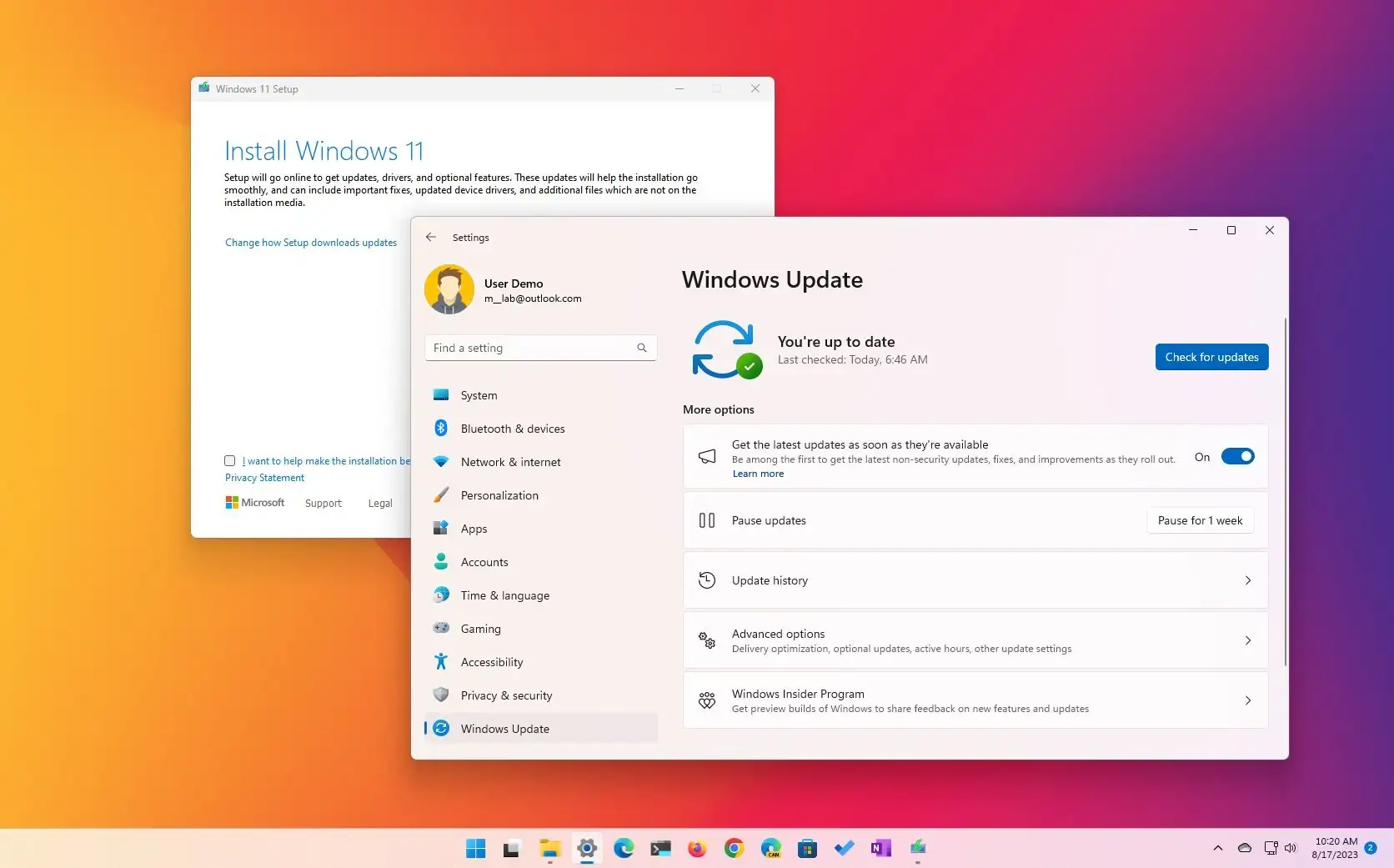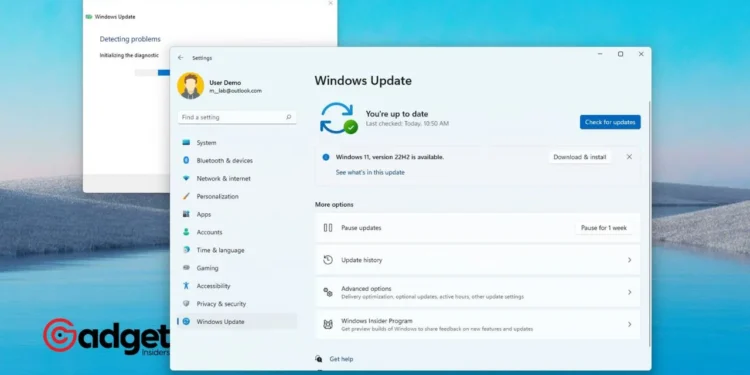Windows 11, the latest iteration of Microsoft’s long-standing operating system, has always been at the forefront of technological innovation and user experience enhancement. However, the road to perfection is seldom without its bumps. The recent cumulative update for Windows 11, specifically KB5035853 for versions 23H2 and 22H2, aimed to elevate user convenience and system performance to new heights. Yet, it appears to have led some users into a thicket of technical troubles, painting a complex picture of progress intertwined with setbacks.

Windows 11: A Step Forward, A Stumble Back
Launched with much anticipation, this update promised to introduce features that would streamline the user’s interaction with their PC. Notably, it included enhancements such as the ability to edit photos from an Android smartphone directly on a PC via the Snipping Tool, and the addition of support for the lightning-fast 80Gbps wired connectivity with USB4 v2.0.
These additions aimed to solidify Windows 11’s position as a cutting-edge operating system, catering to the demands of its diverse user base. However, the excitement was short-lived for some, as reports surfaced of PCs crashing or operating at a snail’s pace post-update.
Tech forums and social media platforms, including Reddit, became arenas for users to voice their frustrations. Incidents of the dreaded Blue Screen of Death (BSoD), with cryptic error messages like ‘Thread Stuck in Device Driver,’ have been particularly alarming. A tech site, Windows Latest, even shared its encounter with a BSoD, adding a layer of credibility to the burgeoning concerns.

Community Feedback: Echoes of Discontent
The feedback from the community has been a mix of cautionary tales and pleas for assistance. Users recount tales of their systems being caught in boot loops, experiencing random BSoDs, or suffering from severe lag and freezes.
These accounts not only highlight the immediate inconvenience and disruption caused by the update but also raise questions about the reliability of the patching process itself.
In response, some users have sought refuge in potential fixes, including a YouTube video that proposes solutions to the update woes. Yet, the efficacy of these remedies remains uncertain, with reports of mixed success. The consensus among the affected seems to lean towards rolling back the update and awaiting a more stable solution from Microsoft.
Windows 11 March 2024 Update is causing Blue Screen of Death errors (BSODs) and performance issues for some users: https://t.co/vngKQYkA0A #Windows11 pic.twitter.com/A4rvrx4Ekn
— Windows Latest (@WindowsLatest) March 17, 2024
The Irony of Technological Progress
The situation underscores a peculiar irony inherent in the realm of software updates. An update designed to fix issues from a previous patch ends up introducing new problems, a cycle that challenges the very essence of improvement.
This March update, intended to rectify a flaw from February’s update that prevented full installation, now faces scrutiny for not only failing to install smoothly but also degrading system performance for some.
Microsoft’s silence on these issues, as evidenced by the absence of acknowledged problems in their support document for the March cumulative update, adds a layer of uncertainty to the predicament. Users find themselves in limbo, waiting for an official response or a patch to address the unintended consequences of KB5035853.

Windows 11: A Call for Resilience and Patience
As we navigate the complexities of technological advancement, the current scenario with Windows 11’s latest update serves as a reminder of the delicate balance between innovation and stability.
For those affected, the immediate recourse might involve rolling back the update and keeping a watchful eye on official channels for any announcements from Microsoft regarding a fix.
In the grand scheme of things, this episode is but a chapter in the ongoing saga of Windows 11’s evolution. The quest for a seamless, robust operating system continues, with each update representing a step towards that pinnacle of digital harmony.
As users, our role is to remain resilient, patient, and constructive in our feedback, guiding Microsoft in refining Windows 11 into the operating system that meets our collective aspirations and needs.









